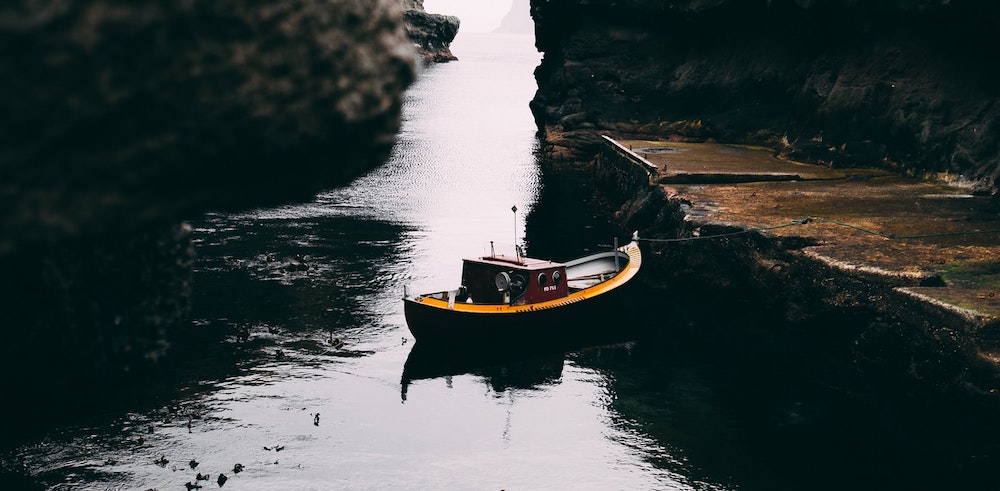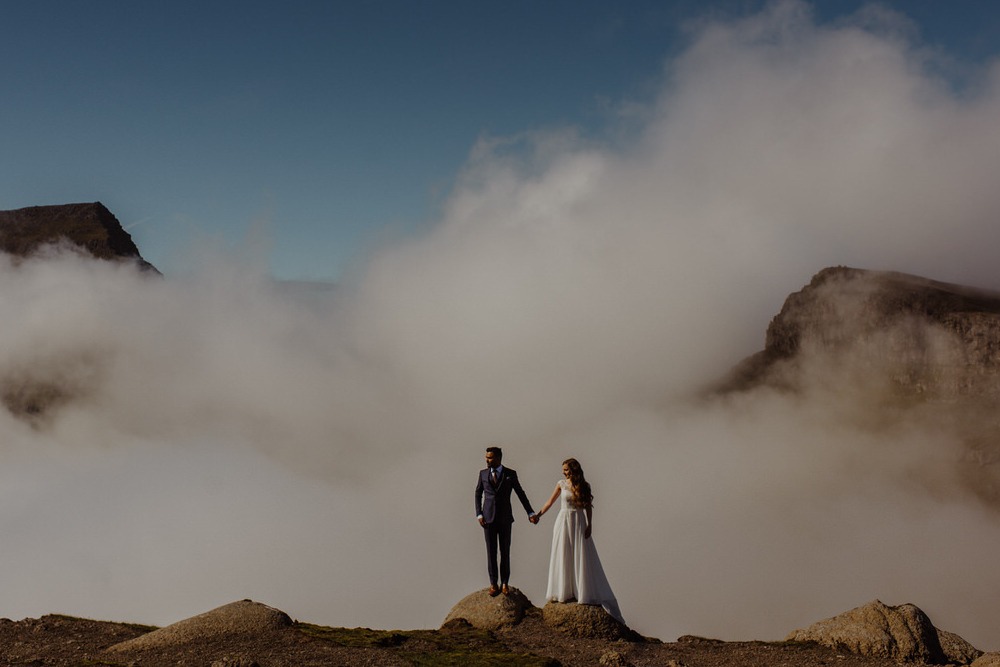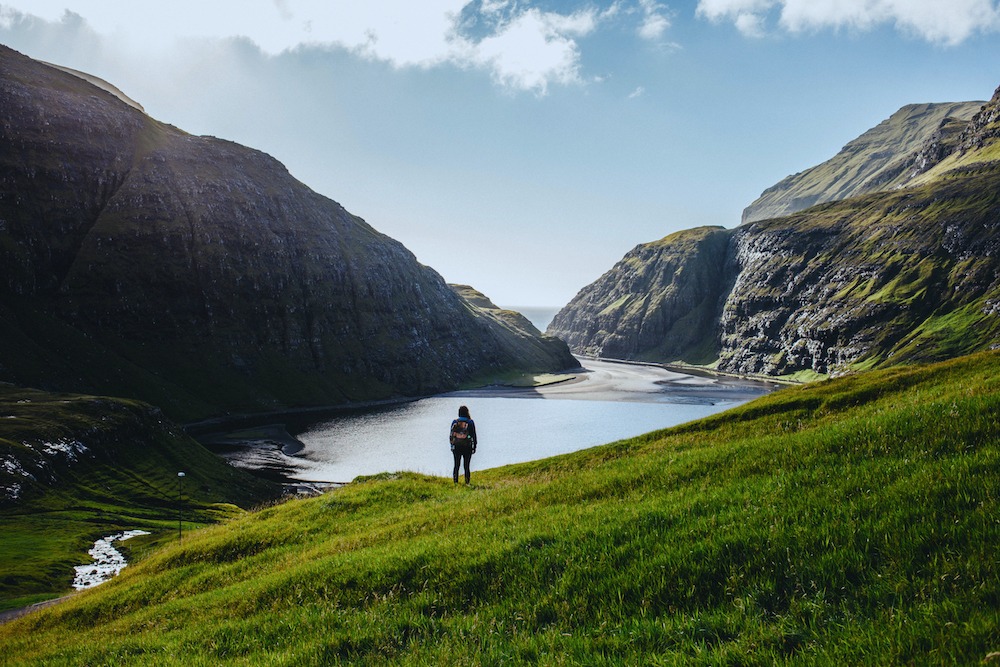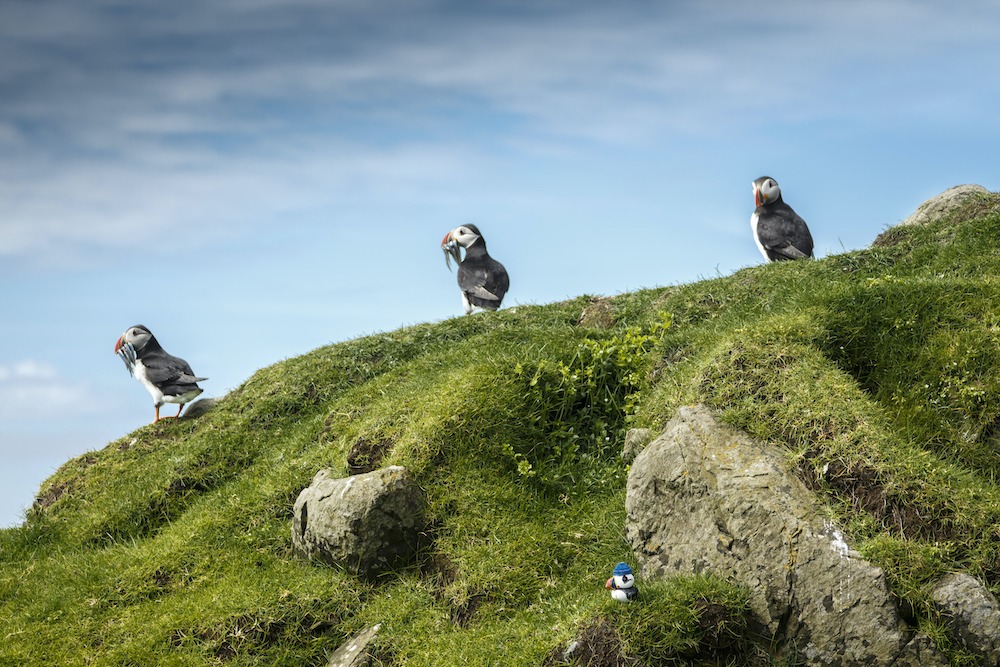
The History of the Faroe Islands – more than 1000 Years
The history of the Faroe Islands is rich, stretching back more than a thousand years. According to historians and archeologists, the first settlers were 7th century Irish Monks, who described the “Islands of the sheep and Paradise of Birds upon arriving on the shores.” Later, Vikings settled the Faroes, after which the islands changed hands many times; becoming constituents of various kingdoms, including the Kingdom of Norway, the Kalmar Union, and the Kingdom of Denmark. More recently, the islands have seen robust growth in the export-oriented fishing industry, which, together with salmon farming, amount to an excess of 90% of the Faroese export.
The Irish were the First Settlers
Before the arrival of the Norse Vikings, the Irish were the first to inhabit the Faroe Islands. Archeologists have long thought that the first settlers came in the 7th century, but recent excavations on the island of Sandoy show that people might have settled the islands as early as year 300.
Sources indicate that Brendan of Clonfert, also known as Brendan the Navigator, a well-known Irish monk, came across the islands on his North Atlantic voyage in the 6th century. After the colonization of Irish monks, sources indicate that they lived in the Faroe Islands for at least 100 years before being driven away by Northerners.
The World’s oldest Parliament
In Faroese, the Faroe Islands are called “Føroyar,” which derives from the old Norse word “Færeyjar” meaning Sheep Islands. This name was given by Northern settlers who are said to have arrived from Norway. The medieval culture back then was Nordic Mythology, analogous to other Northern countries at the time. Around this period, the Althing (parliament) was formed, which today is called “Løgting” and situates in the iconic red buildings with grass-covered roofs in Tinganes, Tórshavn. Tórshavn is the capital of the Faroe Islands and is accredited to hold the world’s oldest parliament.
Position in the Nordics and the Fight for Independence
In the 12th century, Norway took control of the Faroes and made them a part of the Kingdom of Norway. Later, in the late 14th century, The Faroe Islands joined Norway into a dual monarchy with Denmark. It was not until 1814 when Norway, as a conclusion of the Treaty of Kiel, surrendered to become a part of the Kingdom of Sweden. As Sweden was on the winning side of the Napoleonic Wars, Denmark lost control of Norway while retaining the Faroe Islands, Greenland, and Iceland. Although the Faroe Islands have not been an independent nation throughout most of its history, the Faroe Islands have always maintained a particular jurisdiction along with their distinctive language and culture, which throughout history has been preserved by the “Løgting.” The question of independence or unity with Denmark is, and has been, a hot political topic for the past century.
Learn more about the history of the Faroe Islands by following this link to the official website for the Faroe Islands.
Let us help plan your trip to the Faroe Islands!
Ready to take the next step? Feel free to use our REMÓT Journey Planner to make an inquiry or email us at connect@remottravel.com. A REMÓT Travel Expert will be in touch to build an incredible travel itinerary for the Faroe Islands, and we can focus it around Faroese history and heritage.






